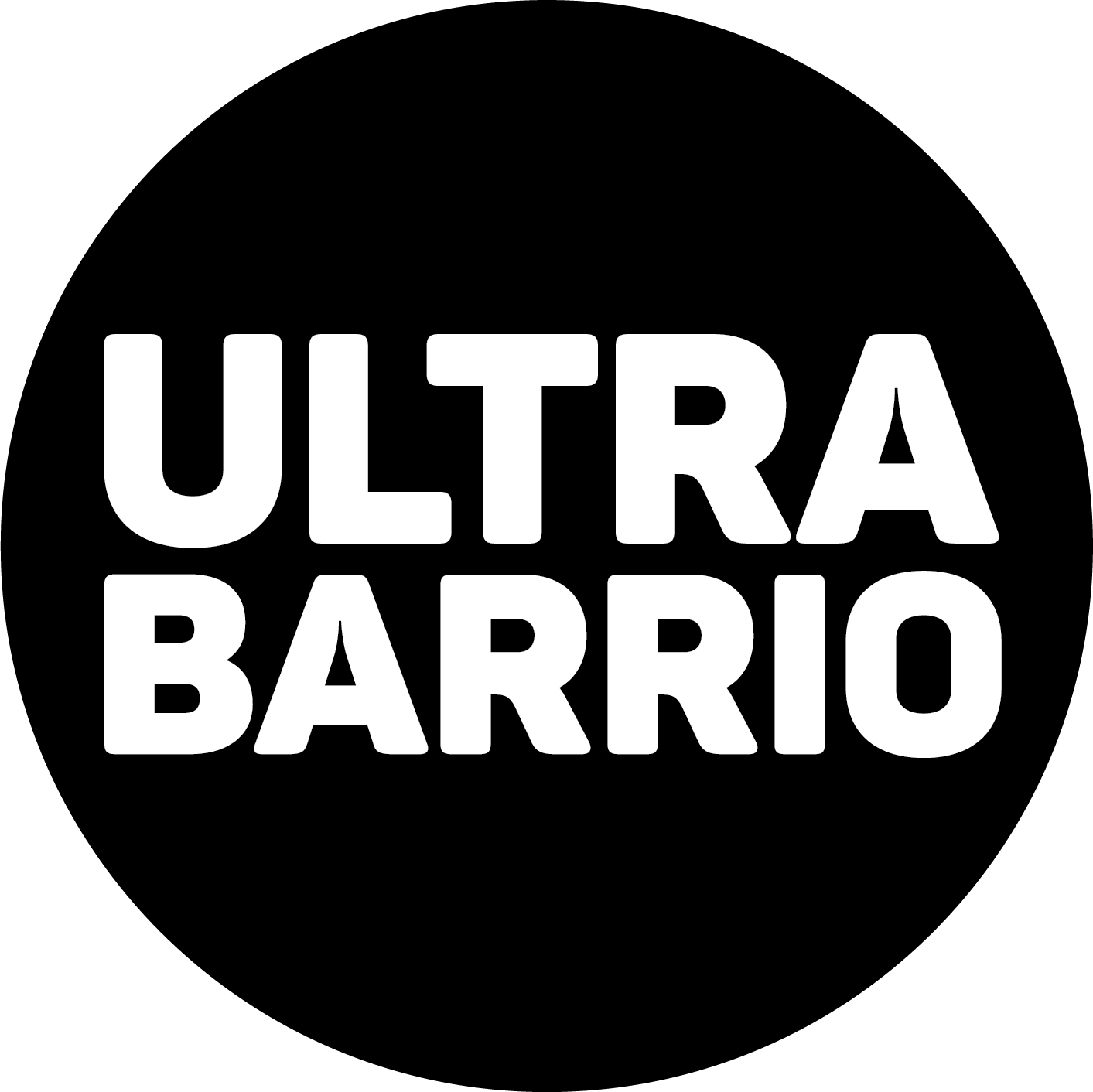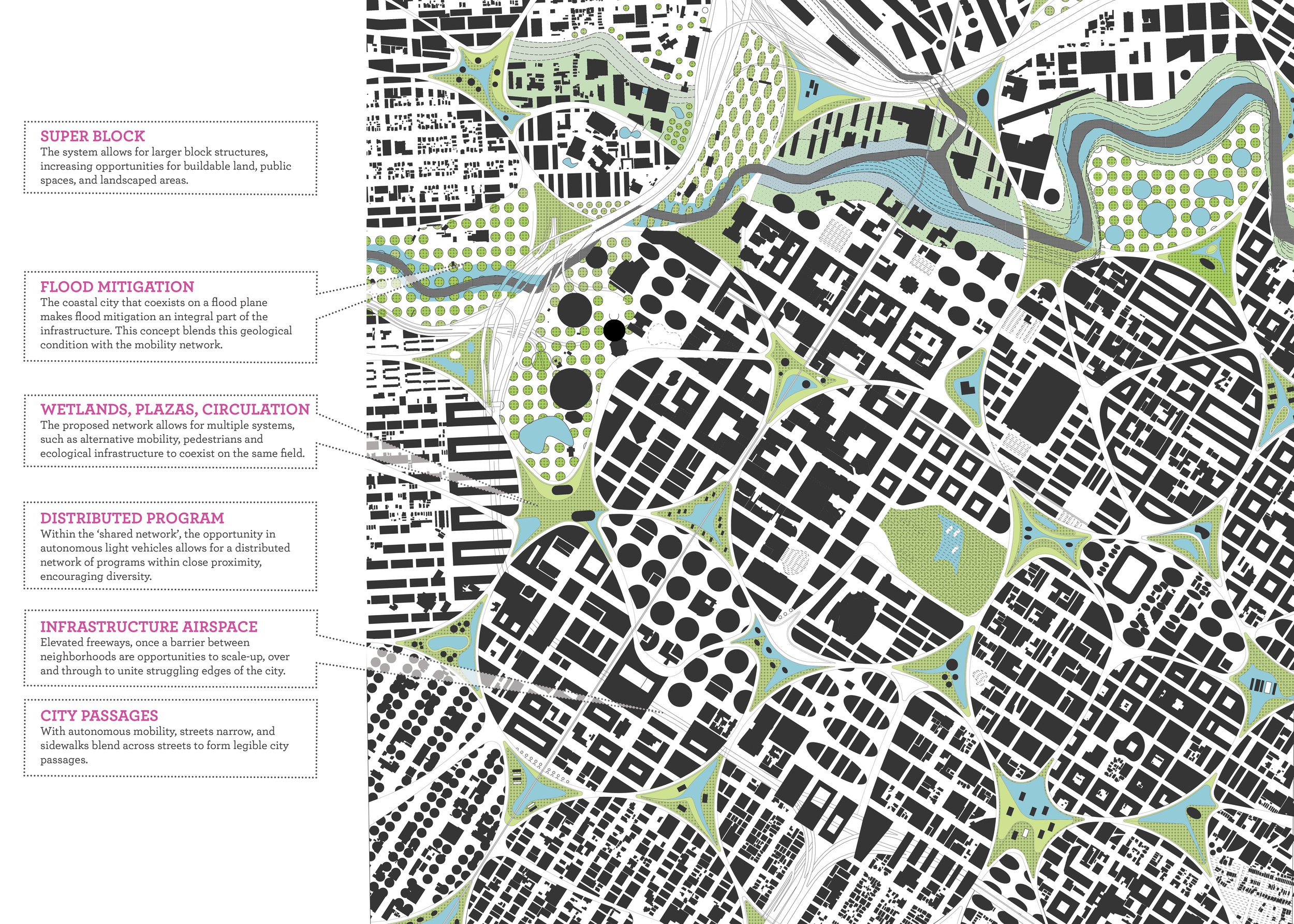
Featured:
Fast Company - Co.Exist Futurist Forum
Urban Land Magazine - Imagining the Driverless City
Boston Society of Architects Conference - 5x5 Variations on a Smarter City
NYU Rudin Center for Transportation - Source Material
Shuffle City
Autonomy Recaptures the Commons
When Henry Ford transformed the automobile from a novelty for the privileged few to an affordable tool for the masses it initiated a new pattern and pace for American life. By the 1930’s, over 23 million cars were in circulation on America’s roads, creating unprecedented patterns of urban development. Cities like New York and Chicago retrofitted mass transit and private car demands within their well established city form. Other metropolises like Houston and Los Angeles had a history with industry, resources and real estate that outpaced their budding transit systems. Access to this rapid expansion through the private vehicle created a new pattern of horizontality of more surface than structure.
Whether implanted or original, automobile infrastructure is regarded by most American cities as just that. Do the garages, roadways, and parking lots of our great American cities hold the potential to reverse an urban fabric that privileges the private motor car and its needs above all else? When it comes to personal technology and software, we are critical of resilience, compatibility, energy consumption, and adaptability. What would it look like if we made these same demands on automobile infrastructure?
The relationship to the private car is both accomplice and antidote. While the future of autonomous driving vehicles seems further on the horizon, autonomous parking however is a closer possibility- and would greatly maximize parking lots and structures. The pursuit of self-driving vehicles has advanced sensor technology that could promote an evolution of coordinated flow, and a reduction of traffic fatalities. If sensor technology can reliably reduce human driving error it could lead the architecture of the vehicle to be revised as feather-weight, compact and less resource intensive.
Shuffle City imagines an alternative future for Houston, a city infamous for its abundance of freeways, fifteen story car parks, and patchwork parking lots. Despite lacking many traditional urban signifiers, Houston persists as the fourth largest city in the United States. The project departs from a conviction that Houston’s orientation towards automobile infrastructure should be as dynamic and diverse as its pattern of growth.
Location
Houston, TX - Prototype
Client
Research
Disciplines
Urban Design, Planning, Graphic Design





